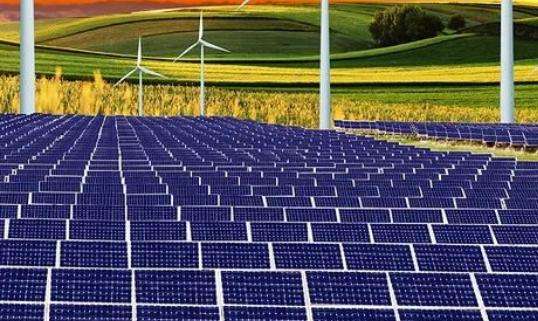Air pollution: cement factories, breweries. Layout: Suburbs where the dominant wind direction in residential areas is vertical or downwind of the maximum wind frequency.
Water pollution: printing and dyeing plants, factories paper mills, electroplating factories, leather factories. Layout: away from water sources upstream of rivers.
Air pollution and water pollution: chemical factories, refineries.
Air pollution and solid waste pollution: (thermal) power plants, steel mills. Layout: away from residential areas and agricultural land
| (1) Top to bottom? Left: ②④⑥① Right: ⑦③⑤ (2) Factory settings In the upwind area with the lowest wind frequency in residential areas or in suburbs perpendicular to the prevailing wind direction < p>The wastewater outlet is far from water sources and upstreamriversFar from residential areas and agricultural land |
| This question examines the industry and the environment. (1) Understand the types of pollution of various typical industries. Thermal power plants burn coal, leading to serious air pollution and solid waste. Chemical plants and refinery production cause both air and water pollution; factories and paper mills pollute water; cement and rubber factories have serious air pollution. (2) Class A factories produce significant air pollution, so they must be located downwind of the prevailing wind direction or in the vertical periphery, or upstream of the minimum wind frequency . Category B factories are severely water polluted and therefore must be located downstream of rivers or away from water sources. The factoriesCategory C plants produce solid waste pollution and must be located away from residential areas and agricultural land. |














